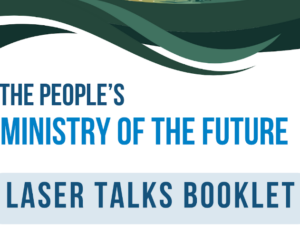In the spring of 2018, the Pembina Institute launched an online climate policy simulator that is freely available for all to use. The simulator allows the user to assess the effectiveness of individual policies on greenhouse gas emissions from Canada to the mid-century. Assuming all provinces sign on to the Pan Canadian Framework on Clean Growth and Climate Change and successfully implement climate action plans aligned with the PCF, Canada is likely to meet the 2030 Paris Agreement objective of a 30 % cut in emissions by 2030. Deep decarbonization by mid-century would likely require additional policies. If you remove carbon pricing from the model, the core driver of emissions reduction is gone. The only other option is a complex series of specific policies within each economic sector, which is much more expensive for the taxpayer. In fact, other policies activated in the simulator to 100% still do not arrive at the same result for emissions reduction as is the case with carbon pricing in effect. The take-home message in working with the Pembina policy simulator is that, in agreement with the consensus of climate change economists, carbon pricing is an essential core component of a cost-effective climate plan.












